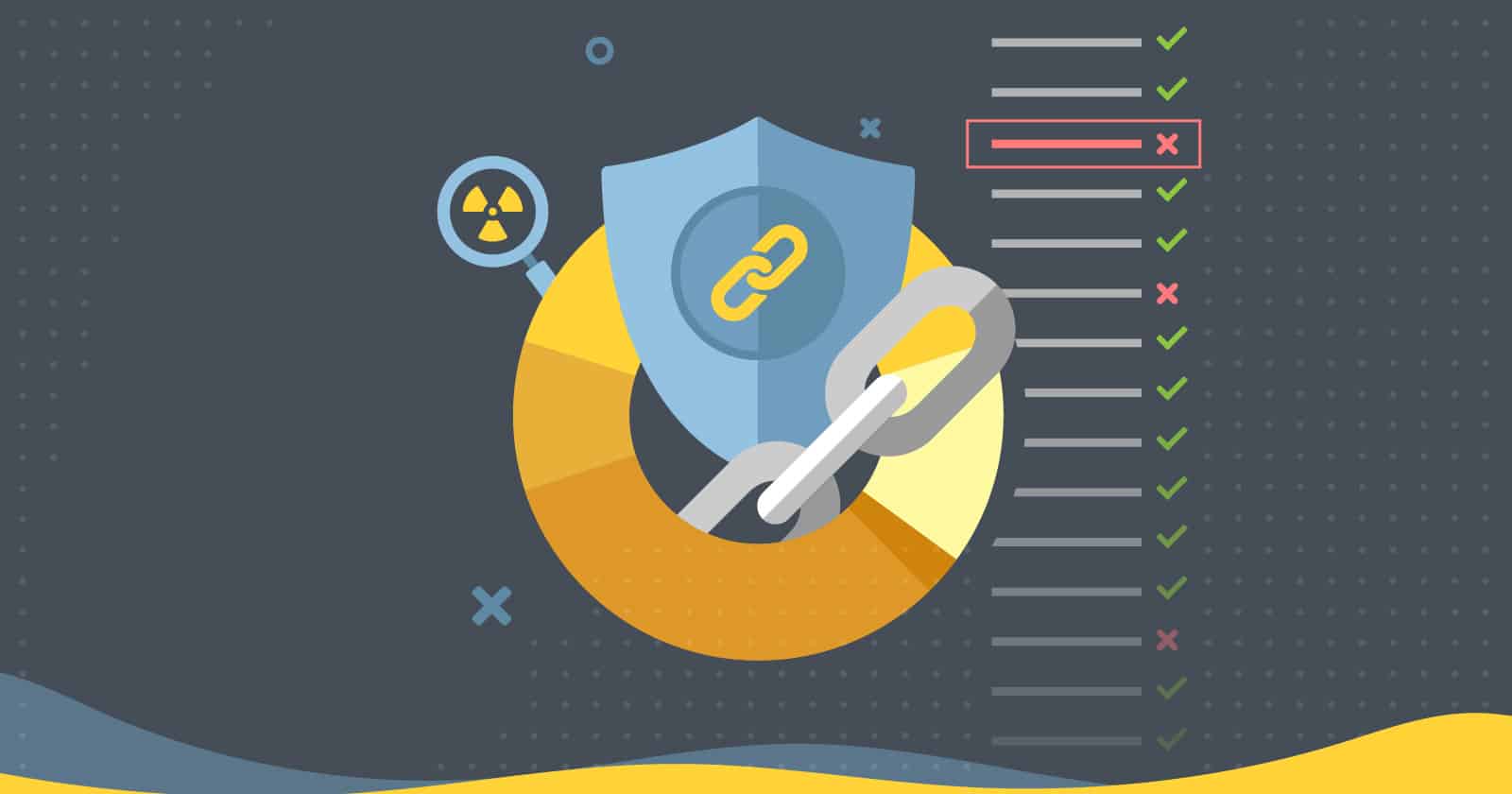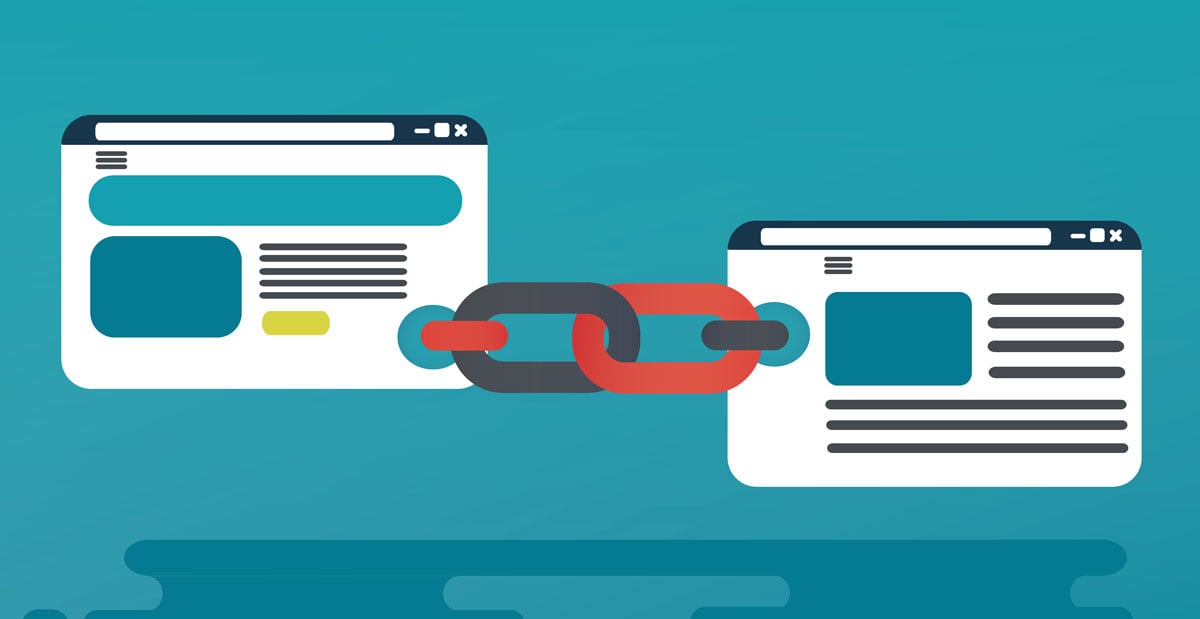
How to Remove Toxic Backlinks?
What are Toxic Backlinks?
Toxic backlinks are links that don’t come from high-quality, trusted authority sites.
As a result, they can and will hurt your SEO if there are enough of them, so it’s essential to know how to spot them and understand what to do if you find you have them.
All modern website owners understand how important backlinks are.
They also know that you want a lot of them if you’re serious about your SEO efforts. Unfortunately, that means most people adopt a “more is more” approach to collecting backlinks.
However, good backlink building isn’t about scoring as many links as possible. It’s about earning high-quality, relevant links from the right sources.
Where Do Toxic Backlinks Come From?
Through the Comments on Your Blogs
Comment spam has been a plague to blogs. Most bloggers receive a lot of comment spam (unsolicited comments). This is because spammers use tools to generate feedback that helps them generate feedback and obtain high rankings on Google.
From Unsecured Websites
The security of your website is fundamental. Without safeguarding your marketing site, it will become vulnerable to hackers. If you leave it without solid protection, your SEO will get hurt.
It is always wise to get an SSL certificate on your marketing website, not only for protection but also for boosting your SEO rankings.
From Spam Sites Designed Specifically for Link Building
Spam sites always perform link building using aggressive techniques. They use automated links and excessive link trade to churn out massive links to your marketing site within a short time.
However, some of the links channeled to your site originate from sites that can harm your SEO. That’s why you should be careful enough to avoid such sites as much as possible.
From the Mirrored Pages
Receiving multiple backlinks from websites using the same anchor text can send an alert to Google. The search engine takes it as a link-building scheme, and your website can get penalized for violating the Guidelines from Google.
All the Sites Violating Google’s Guidelines
There are many websites that don’t follow Google’s guidelines. Such sites can be the source of toxic backlinks that will bring your site down.
You should always refer to Google’s webmaster guidelines when using links from other sites. This can help you avoid injecting illicit practices into your site. If Google finds you out, your digital site will be penalized for manipulating the PageRank.
How to Remove Toxic Links?
Step 1: Audit Your Backlinks
The first step is to audit your backlinks. While checking for toxic backlinks, you may also want to look for broken, expired, or even obsolete URLs.
You can do this process manually or with a backlink auditing program.
Step 2: Request Your Link’s Removal from a Site
Once you’ve pinpointed a backlink that may adversely affect your digital site, you’ll need to ask that website to remove it. To do this, you’ll need to reach out to the site’s webmaster, using the most relevant contact information you can find. Typically, you can find the link to any site’s contact page in the header or footer.
In reality, this action won’t usually be very effective. It’s simply a step that Google requires you to complete before proceeding in the link removal process.
Additionally, with increasing occurrences of negative SEO, your digital website might even be the victim of an attack. In that scenario, the site owner is unlikely to remove their toxic backlink if you ask them.
Step 3: Disavow Harmful Backlinks
If there is a clear violation of Google’s quality guidelines, you have the right to disavow links to your site. This process enables you to eliminate the SEO impact of toxic backlinks without waiting for other websites to delete the URLs.
First, you’ll want to ensure that the backlinks of concern meet Google’s minimum criteria for a dispute. Then, you’ll need to create a list of links to disavow.


